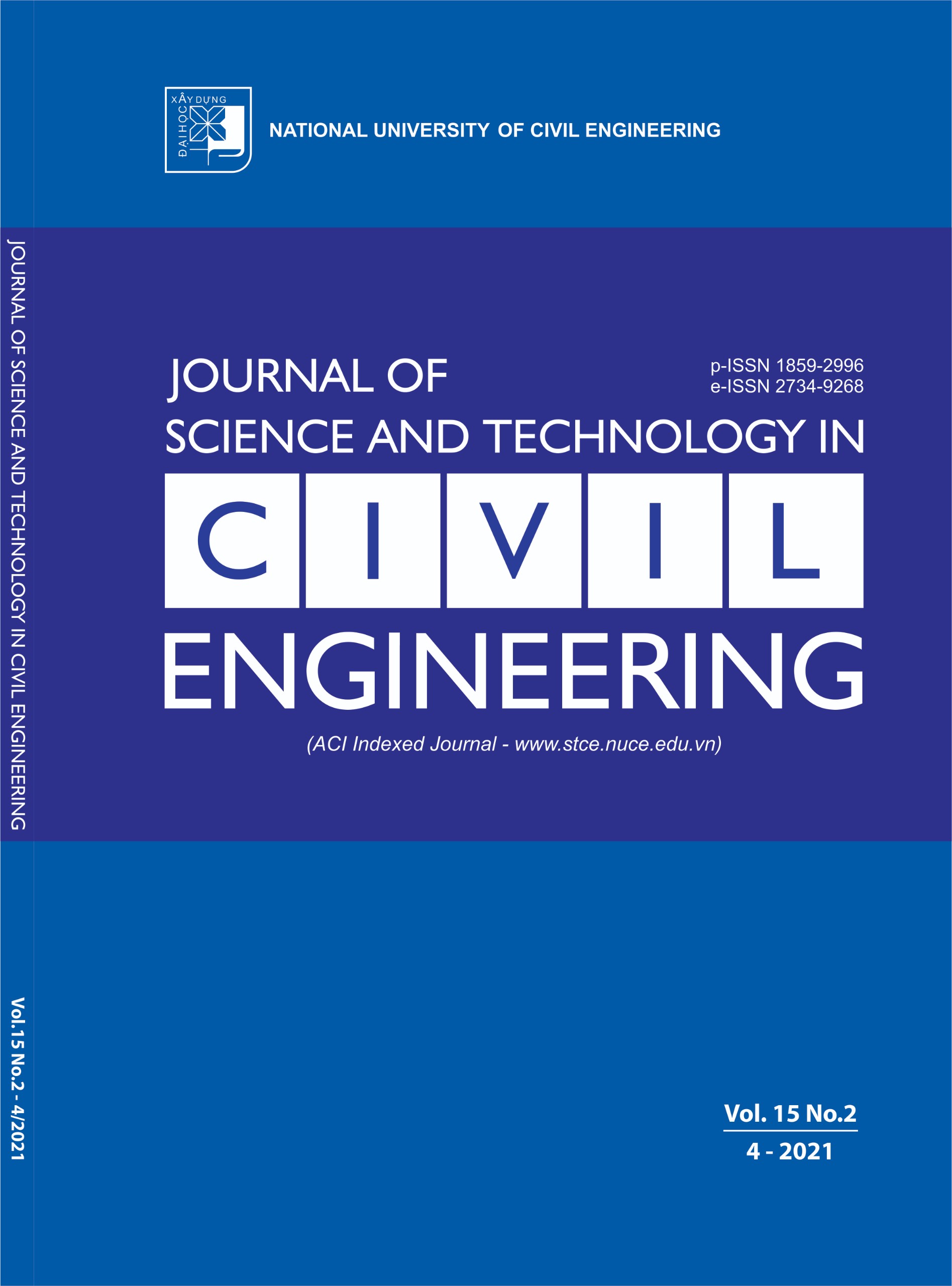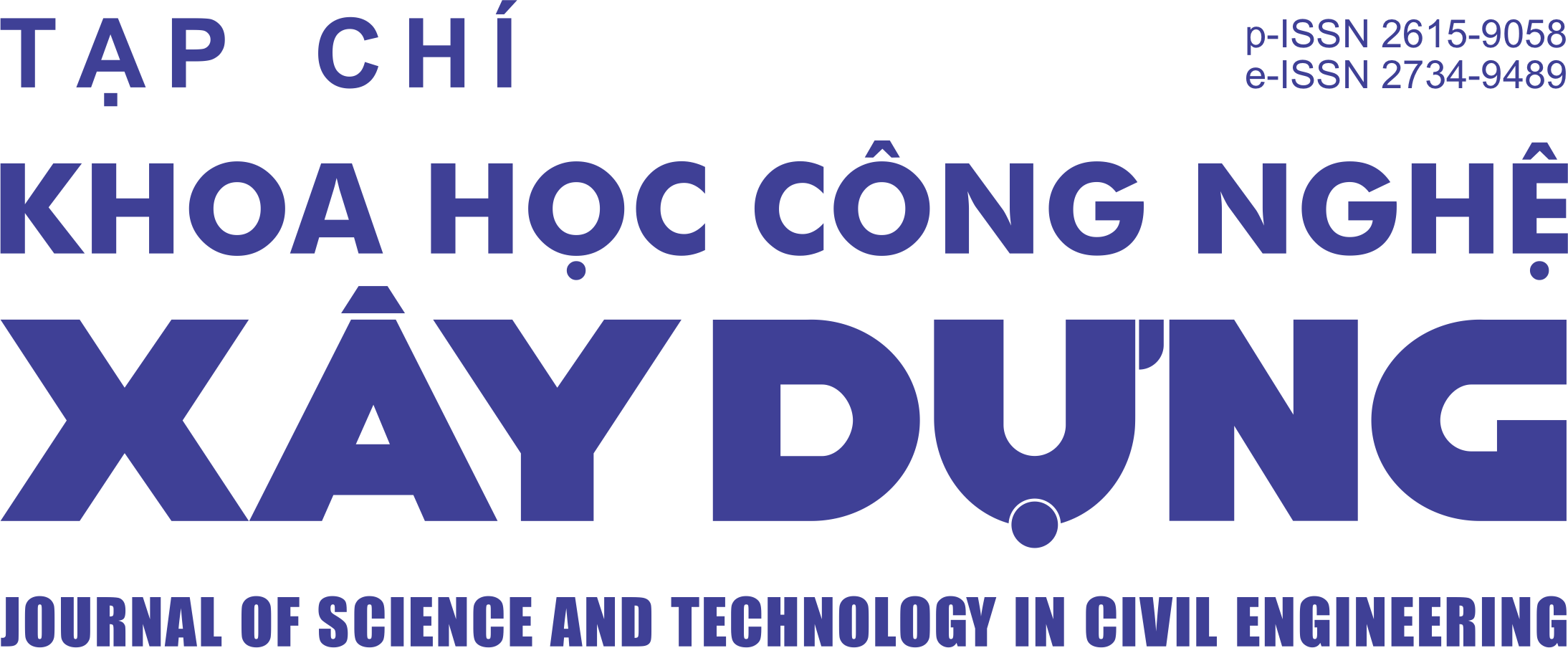On the respect to the Hashin-Shtrikman bounds of some analytical methods applying to porous media for estimating elastic moduli
Abstract
In this work, some popular analytic formulas such as Maxwell (MA), Mori-Tanaka approximation (MTA), and a recent method, named the Polarization approximation (PA) will be applied to estimate the elastic moduli for some porous media. These approximations are simple and robust but can be lack reliability in many cases. The Hashin-Shtrikman (H-S) bounds do not supply an exact value but a range that has been admitted by researchers in material science. Meanwhile, the effective properties by unit cell method using the finite element method (FEM) are considered accurate. Different shapes of void inclusions in two or three dimensions are employed to investigate. Results generated by H-S bounds and FEM will be utilized as references. The comparison suggests that the method constructed from the minimum energy principle PA can give a better estimation in some cases. The discussion gives out some remarks which are helpful for the evaluation of effective elastic moduli.
Keywords:
Maxwell approximation; polarization approximation; Mori-Tanaka approximation; effective elastic moduli; porous medium.
Downloads
Copyright (c) 2021 National University of Civil Engineering

This work is licensed under a Creative Commons Attribution-NonCommercial-NoDerivatives 4.0 International License.
1. The Author assigns all copyright in and to the article (the Work) to the Journal of Science and Technology in Civil Engineering (JSTCE) – Hanoi University of Civil Engineering (HUCE), including the right to publish, republish, transmit, sell and distribute the Work in whole or in part in electronic and print editions of the Journal, in all media of expression now known or later developed.
2. By this assignment of copyright to the JSTCE, reproduction, posting, transmission, distribution or other use of the Work in whole or in part in any medium by the Author requires a full citation to the Journal, suitable in form and content as follows: title of article, authors’ names, journal title, volume, issue, year, copyright owner as specified in the Journal, DOI number. Links to the final article published on the website of the Journal are encouraged.
3. The Author and the company/employer agree that any and all copies of the final published version of the Work or any part thereof distributed or posted by them in print or electronic format as permitted herein will include the notice of copyright as stipulated in the Journal and a full citation to the Journal as published on the website.







